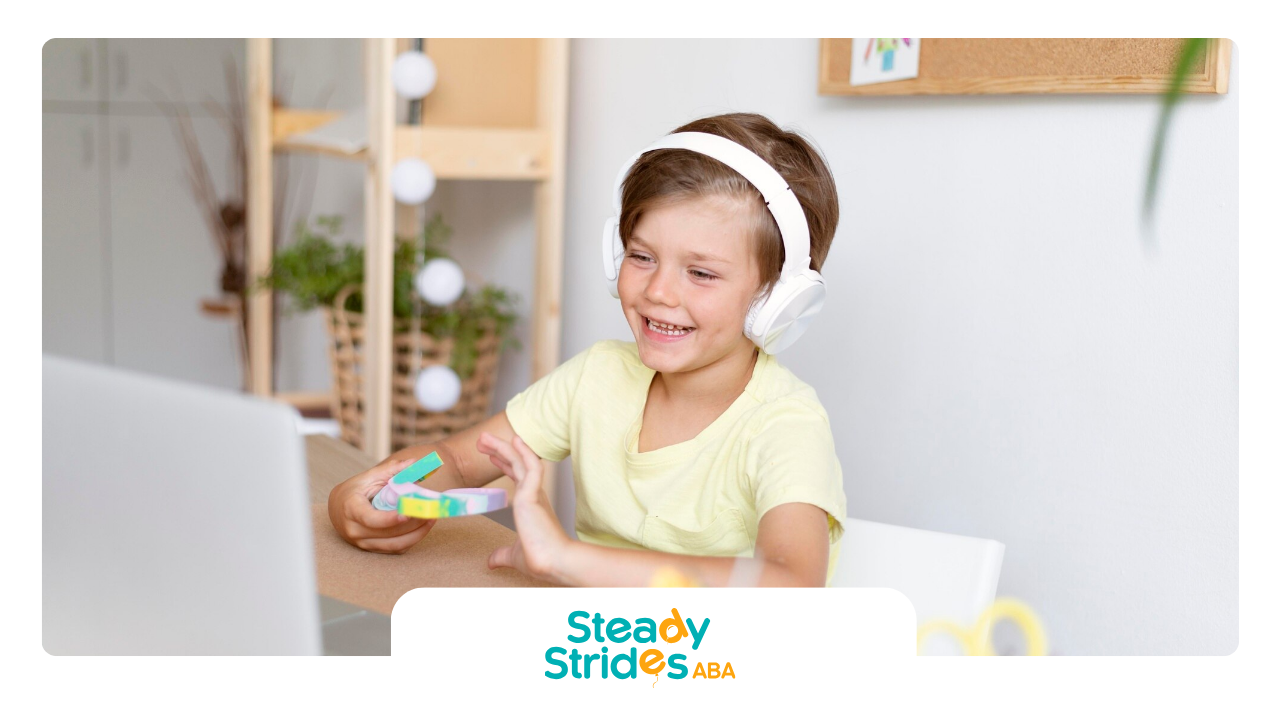Autism Spectrum Disorder (ASD) is a complex neurodevelopmental condition characterized by differences in social interaction, communication, and behavior. While the causes of autism are not fully understood, research continues to explore various interventions and treatments to support individuals with ASD. One promising area of research is the potential use of sulforaphane, a compound found in cruciferous vegetables like broccoli, for autism. This blog will delve into what sulforaphane is, the science behind its potential benefits for autism, and the current state of research.
What Is Sulforaphane?
Sulforaphane is a naturally occurring compound found in cruciferous vegetables such as broccoli, Brussels sprouts, cabbage, and kale. It is produced when the enzyme myrosinase transforms glucoraphanin, a glucosinolate, into sulforaphane upon damage to the plant, such as chewing or chopping.
Health Benefits of Sulforaphane
Sulforaphane has been extensively studied for its health benefits, including its antioxidant, anti-inflammatory, and anti-cancer properties. It is known to activate the Nrf2 pathway, which regulates the expression of antioxidant proteins that protect against oxidative damage triggered by injury and inflammation. This makes sulforaphane a compound of interest for various health conditions, including autism.
The Science Behind Sulforaphane and Autism
Research into sulforaphane as a potential treatment for autism is driven by the compound’s ability to address some of the biological mechanisms associated with ASD, such as oxidative stress, inflammation, and gut microbiota imbalances.
Oxidative Stress and Autism
Oxidative stress occurs when there is an imbalance between free radicals and antioxidants in the body. Studies have shown that individuals with autism often have higher levels of oxidative stress, which can contribute to neuronal damage and affect brain function. Sulforaphane’s potent antioxidant properties may help reduce oxidative stress, thereby protecting brain cells and improving cognitive function.
Inflammation and Autism
Chronic inflammation has also been implicated in the pathophysiology of autism. Elevated levels of pro-inflammatory cytokines have been found in individuals with ASD. Sulforaphane’s anti-inflammatory effects may help mitigate inflammation, potentially improving behavioral symptoms associated with autism.
Gut-Brain Axis and Autism
The gut-brain axis, the bidirectional communication between the gut and the brain, plays a crucial role in maintaining health. Dysbiosis, or imbalance in the gut microbiota, has been observed in individuals with autism. Sulforaphane may positively influence gut health by promoting a healthy balance of gut bacteria, which could, in turn, impact brain function and behavior.
Research on Sulforaphane for Autism
Several studies have investigated the potential benefits of sulforaphane for individuals with autism. The most notable study was conducted by researchers at Johns Hopkins University and Massachusetts General Hospital.
The 2014 Clinical Trial
In a landmark study published in 2014, researchers conducted a randomized, double-blind, placebo-controlled trial to evaluate the effects of sulforaphane on young men with moderate to severe autism. Participants received sulforaphane extracted from broccoli sprouts or a placebo for 18 weeks. The results showed significant improvements in behavior, social interaction, and verbal communication in the sulforaphane group compared to the placebo group. These improvements were measured using various standardized assessment tools.
Mechanisms of Action
The researchers hypothesized that the benefits observed in the study were due to sulforaphane’s activation of the heat shock response, a cellular stress response that is often impaired in individuals with autism. By enhancing this response, sulforaphane may help improve cellular function and reduce symptoms associated with autism.
Practical Considerations and Safety
While the research on sulforaphane for autism is promising, it is essential to consider practical aspects and safety before incorporating it into a treatment plan.
Dosage and Administration
The appropriate dosage of sulforaphane for therapeutic use is still under investigation. The 2014 clinical trial used a dosage of 50-150 µmol of sulforaphane daily, depending on the participant's weight. However, it is crucial to consult with a healthcare professional before starting any new supplement regimen, especially for children and individuals with autism.
Potential Side Effects
Sulforaphane is generally considered safe when consumed in amounts found in food. However, high doses of sulforaphane supplements may cause gastrointestinal discomfort, including gas, bloating, and diarrhea. It is essential to monitor for any adverse effects and adjust the dosage accordingly.
Natural Sources of Sulforaphane
Incorporating cruciferous vegetables into the diet is a natural way to obtain sulforaphane. Eating raw or lightly steamed vegetables like broccoli and Brussels sprouts can maximize sulforaphane intake. Additionally, broccoli sprouts are an excellent source of sulforaphane, containing up to 100 times more glucoraphanin than mature broccoli.
Integrating Sulforaphane into Autism Treatment Plan
Sulforaphane should be considered as part of a comprehensive treatment plan for autism. This plan may include behavioral therapies, educational interventions, and other medical treatments. Collaborating with healthcare providers, nutritionists, and therapists can help ensure a holistic approach to managing autism.
Complementary Therapies
In addition to sulforaphane, other complementary therapies may support individuals with autism. These can include dietary modifications, probiotics, omega-3 fatty acids, and vitamins such as vitamin D and B6. Each of these interventions should be tailored to the individual's specific needs and monitored for effectiveness.
Future Directions in Sulforaphane Research
While current research on sulforaphane for autism is encouraging, further studies are needed to confirm its efficacy and understand its mechanisms of action fully. Future research should focus on larger sample sizes, diverse populations, and long-term effects of sulforaphane supplementation.
Exploring Synergistic Effects
Researchers are also interested in exploring the synergistic effects of sulforaphane with other compounds and interventions. Combining sulforaphane with other antioxidants, anti-inflammatory agents, or behavioral therapies may enhance its therapeutic potential.
Personalized Medicine
As our understanding of autism and its underlying mechanisms continues to evolve, personalized medicine approaches may become more prevalent. This involves tailoring treatments based on an individual’s genetic makeup, metabolic profile, and specific symptoms. Sulforaphane could play a role in these personalized treatment plans, offering targeted support based on individual needs.
Conclusion
Sulforaphane, a compound found in cruciferous vegetables, holds promise as a potential therapeutic option for individuals with autism. Its antioxidant, anti-inflammatory, and neuroprotective properties may help address some of the underlying biological mechanisms associated with ASD. While more research is needed to fully understand its benefits and establish standardized guidelines, the existing studies offer hope for a natural, complementary approach to managing autism.
Steady Strides is committed to staying at the forefront of autism research and providing comprehensive support for individuals with autism and their families. By exploring innovative treatments like sulforaphane, we strive to enhance the quality of life for those we serve.












